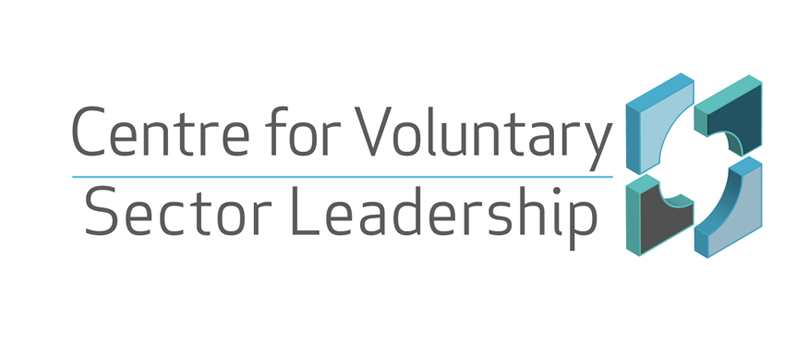6.2 Participative and relational practice
We have already stated that identity is shaped by and through practice. Identity is not static but something that moves and changes with practice. For example, every time we write something about our organisations or ourselves on a website or social media forum, we influence the way in which we are seen, and perhaps also the way we see ourselves.
Participative leadership practice throws into play our own and our organisation’s identity. It does so because practice is relational. Practice does not happen in isolation but exists in the spaces between people (Cunliffe and Eriksen, 2011). A simple illustration of the point is that it is impossible to think of leading without the presence of following – not everyone can lead all of the time and, likewise, not everyone can follow all of the time (Ford and Harding, 2015).
Focusing on leadership as a practice inevitably means we think about the kinds of practices we create together, rather than looking inwards at the kinds of people we think we are (Raelin, 2011). It is a subtle but important shift in thinking: leadership is less about us as individuals and more about the practices our relational work generates. If we think of leadership as a practice, then we should also think about how we can nurture and develop the most helpful parts of our practice and challenge those aspects of our practice that are less helpful.
Practices are informed by our identities but our identities are also shaped by our practices. The two are locked together to such an extent that the lines between the two blur significantly. Participative leadership practice recognises the fact that we are mutually dependent on one another and tries to draw out and learn from our experiences of practice.
Activity 4 Your organisational identity
Spend 15 minutes thinking about the kind of person you tend to be in your organisation, rather than at home, socially or in the community. Make some notes along the way. Are you a commander? A facilitator? A provocateur? A mentor? Or someone else?
Spend 10 minutes thinking about where these identities come from – from your workplace or somewhere else?
Now visit our discussion forum [Tip: hold Ctrl and click a link to open it in a new tab. (Hide tip)] . Make sure you post your comments within the correct thread for this activity. Summarise and describe your thoughts. Ask a question of at least two other learners – these questions should help your fellow learners open up their thinking. Examples might include:
- Have you always been like this or are your habits things you have developed at work?
- Can you think of any examples to illustrate your point?
- Are there things related to your values that could explain such behaviours?
- Where do you think your values come from?
You should spend around 30 minutes on this part of the activity.
Comment
Throughout this course you will learn, we hope, as much from one another’s practices and thoughts as from what we write in the formal part of the course. How can we recognise our own deeply held passions for leadership but also be responsive and open to the thoughts of others?
Practice for the week: doing identity work
Identity work conveys the active nature of approaching identity as something that is both done to us and something that we craft with others. We are usually very task focused when going about our practice at work, and rightly so. However, it is also worth thinking actively about how the work we are doing also shapes our identities, and vice versa. Holding a collaborative identity means that we need to think of our work as closely related to our own identities – as open, participative practitioners.
6.1 Democratic practice as work on the self
